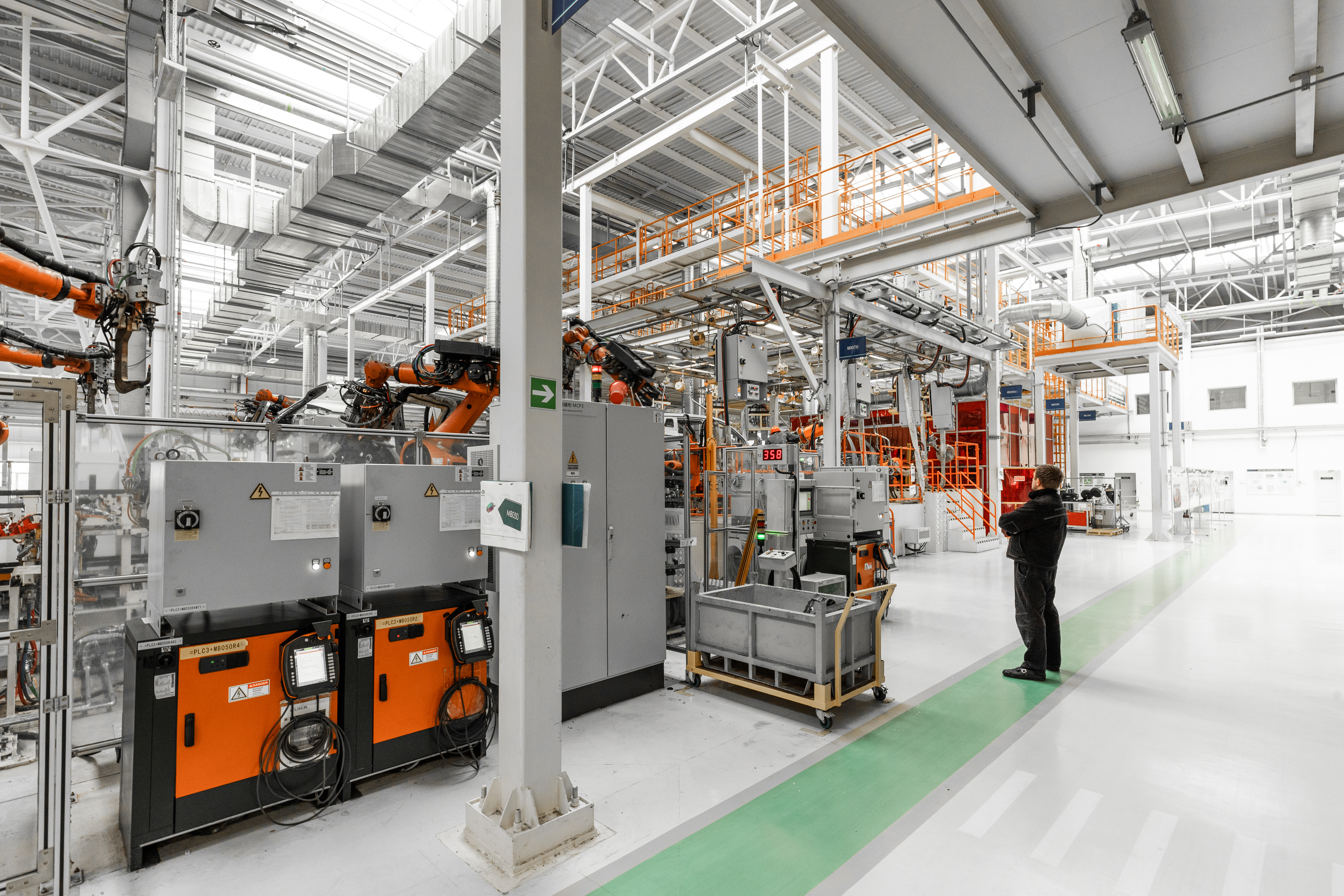
Introduction
Innovation in the electronics industry is moving fast, but so are the challenges. From unstable global supply chains to shifting trade policies and tariffs, manufacturers are feeling the pressure. For OEMs trying to balance speed, cost, and complex product requirements, these hurdles can significantly slow down the process. That’s where nearshore manufacturing steps in—not just as a workaround, but as a smarter, more agile strategy. By moving production closer to home, companies are cutting lead times, improving quality, and building stronger supply chains that can handle the unexpected.
Let’s explore why nearshore manufacturing is becoming the go-to approach for engineers and forward-thinking OEMs who want to stay competitive.
The Real Costs of Offshore Sourcing: A Closer Look
Working with overseas suppliers—especially in Asia—has long been the standard. However, for electronics manufacturing, the drawbacks are becoming increasingly difficult to ignore. Long lead times, time zone misalignment, language barriers, and inconsistent quality control can create real problems, especially when rapid iteration is key.
Even minor changes to product design or compliance requirements can lead to costly delays. And it’s not just about time—between 2018 and 2023, shifting tariffs between the U.S. and China added 10%–25 % surcharges to many component imports, throwing budgets and pricing models into chaos.
At VCC, we’ve seen firsthand how offshore dependencies impact our customers. In industries like industrial controls and healthcare, projects relying on imported light pipes for critical status indicators were delayed by months. Logistics bottlenecks pushed launches past customer deadlines, and navigating foreign regulations drained time and margin.
Why Nearshore Manufacturing Makes a Difference
By moving manufacturing to locations like Mexico or Central America, electronics OEMs can regain control over their timelines, communication, and product quality. Here’s how proximity changes the game:
1. Faster Lead Times
Nearshoring can reduce lead times dramatically. For example, when we relocated production of custom light pipes to our partners in Monterrey, Mexico, we cut delivery times from 60–90 days (typical with overseas shipping) to less than three weeks.
This allows for true just-in-time manufacturing—even for complex components like reel-mounted indicators that may need last-minute design changes. Plus, Lean and Agile practices at our nearshore sites ensure efficient workflows with minimal material handling.
2. Better Quality Control
Being closer to production means faster problem-solving. VCC’s teams frequently conduct in-person audits at nearshore sites, cutting investigation times from weeks to hours. This is especially important in highly regulated industries like medical devices.
In one case, we resolved a recurring issue with cracking in a telecommunications housing part by collaborating directly with the tooling team at a Latin American facility. We fine-tuned the tools on-site, reducing defects by 45%—something much harder to achieve with a remote offshore supplier.
3. Avoiding Tariffs and Reducing Costs
Global trade rules change fast—and when they do, the impact on offshore production can be expensive. Nearshoring helps avoid unexpected duties and fees, especially by leveraging Free Trade Zones in Mexico and other USMCA regions.
We’ve helped customers shift critical components—like LED housings and advanced light pipe materials—into tariff-safe zones. This allows them to maintain predictable pricing, streamline customs processes, and avoid production bottlenecks tied to international red tape.
Industry-Specific Benefits of Nearshore Manufacturing
Medical Industry
The medical industry, with its paramount focus on precision, stringent regulatory compliance (FDA, ISO), rigorous quality oversight, supply chain stability for critical components, and the need for rapid prototyping in device development, finds nearshoring particularly advantageous.
Transportation Industry
Nearshoring offers distinct advantages particularly in the automotive sector, which prioritizes logistics optimization, rapid transit times for vehicle components, robust supply chain resilience, seamless communication, and adherence to stringent safety and quality standards.
Industrial Sector
The industrial sector, encompassing the manufacturing of machinery and equipment, seeks significant cost savings (labor, materials, tax incentives), access to a skilled workforce, production flexibility, supply chain stability, and robust support for customization and maintenance. Nearshoring offers substantial advantages in these areas.
Energy Industry
Nearshoring offers compelling advantages in the areas of the renewable energy sector, which places a high premium on the reliability and cost-effectiveness of components, robust grid infrastructure, efficient energy storage solutions, and overall sustainability.
IoT Industry
The Internet of Things (IoT) industry demands rapid prototyping, highly efficient production processes, secure data handling, supply chain agility, and the implementation of predictive maintenance strategies. Nearshoring provides significant advantages in these critical areas.
Aerospace Industry
The aerospace industry is characterized by its demand for high-precision component manufacturing, rigorous intellectual property protection, strict adherence to stringent quality and safety regulations, and the need for reduced lead times in complex supply chains. Nearshoring offers distinct advantages that cater to these unique requirements.
Q&A
Q1. How does nearshoring improve product quality?
With nearshore partners, OEMs get real-time visibility into production. This makes it easier to validate key product requirements, like ESD protection or optical alignment, and quickly correct any issues without long delays.
Q2. Which industries benefit most from nearshoring?
Medical, transportation, automation, and industrial electronics all gain from nearshoring—especially when precision, speed, and compliance are top priorities.
Q3. Will nearshoring continue to offer tariff advantages?
While trade policies can shift, manufacturing within North American free-trade zones continues to offer strong protections against unpredictable tariffs and origin labeling rules.
Q4. How much faster is nearshore production compared to Asia?
Lead times can drop by 45% to 70%, depending on the project. Some customers have launched new products 30% faster after switching to nearshore builds.
Q5. Does working with local engineering teams speed up project timelines?
Absolutely. Nearshoring eliminates the delays caused by language barriers and time zones. Your engineers can collaborate directly with manufacturing teams to make quick decisions, resolve issues on-site, and keep projects moving.
Let’s talk about how nearshoring could fit into your manufacturing strategy—whether you’re launching a new product or looking to reduce risk in your current supply chain. With the right partners, proximity delivers more than convenience. It delivers results.






